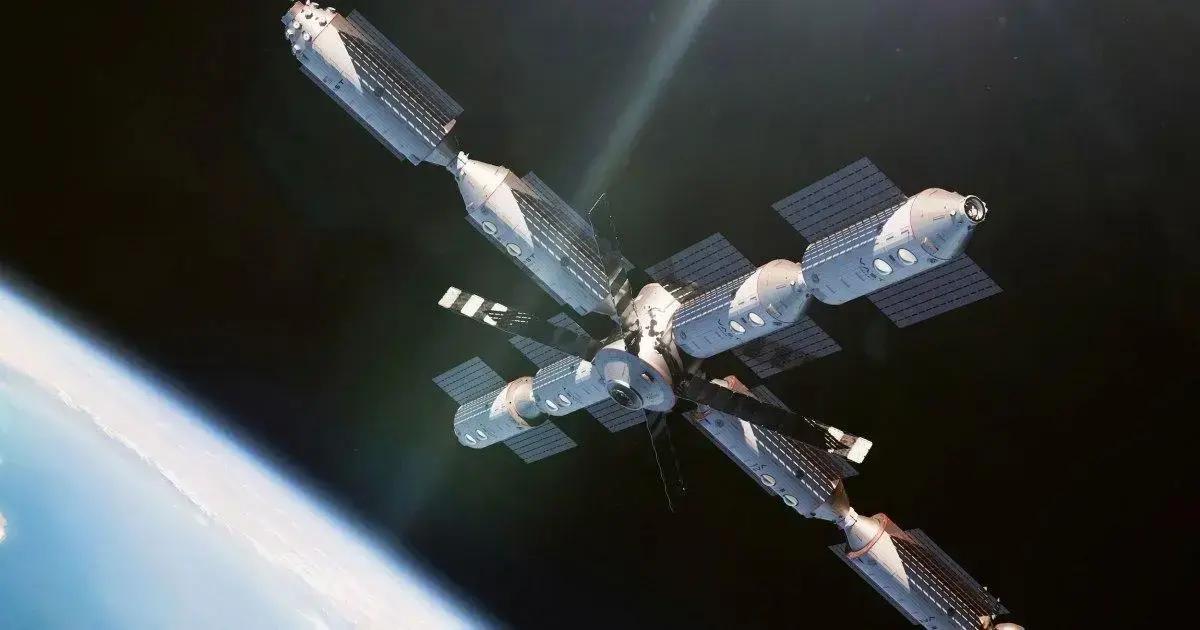The year 2025 is shaping up to be a pivotal moment for the space station replacement efforts. As the International Space Station (ISS) approaches the end of its operational life, various organizations are gearing up to fill the gap. NASA, along with private companies, is exploring new technologies and partnerships to ensure a seamless transition to the next generation of space habitats.
NASA’s Artemis program is a key player in this transition. It aims to establish a sustainable human presence on the Moon, which will serve as a stepping stone for future missions to Mars. The technologies developed for Artemis will also contribute to the space station replacement initiatives, providing valuable insights into long-duration spaceflight.
In addition to NASA, private companies like SpaceX and Blue Origin are making significant strides in developing their own space stations. SpaceX’s Starship is designed to support missions beyond low Earth orbit, while Blue Origin’s Orbital Reef project aims to create a commercial space station that can host various activities, including research and tourism.
International collaboration is also crucial in the space station replacement efforts. Countries like Russia, China, and members of the European Space Agency are actively working on their own space station projects. This global approach could lead to shared resources and knowledge, ultimately benefiting all parties involved.
Technological Innovations for Space Station Replacement
As we look towards the future, several technological innovations are expected to play a vital role in the space station replacement efforts. Advanced life support systems, radiation protection technologies, and autonomous systems are just a few areas of focus. These innovations will help ensure the safety and well-being of astronauts during extended missions.
One of the most promising developments is the use of artificial intelligence (AI) in space missions. AI can assist in monitoring systems, managing resources, and even conducting scientific experiments. This technology will be essential for maintaining operations in remote environments, where human intervention may be limited.
Moreover, advancements in materials science are paving the way for more durable and efficient space habitats. Lightweight, radiation-resistant materials will enhance the structural integrity of future space stations, making them more resilient to the harsh conditions of space.
Additionally, the integration of renewable energy sources, such as solar power, will be crucial for sustainable operations. Future space stations will likely rely on these technologies to minimize their environmental impact and ensure long-term viability.
Looking Ahead: The Future of Space Exploration
The space station replacement initiatives are not just about replacing the ISS; they represent a broader vision for the future of space exploration. As humanity prepares to venture further into the cosmos, the lessons learned from these projects will be invaluable.
With the increasing interest in commercial space travel, the potential for tourism in space is also on the horizon. Companies are already planning to offer trips to private space stations, opening up new opportunities for research and exploration.
As we approach 2025, the excitement surrounding the space station replacement efforts continues to grow. The collaboration between government agencies and private companies is fostering an environment ripe for innovation and discovery.
In conclusion, the future of space exploration is bright, with numerous projects and partnerships in the works. The next few years will be critical in shaping the landscape of human presence in space, ensuring that we are well-prepared for the challenges ahead.
Via Digital Trends


